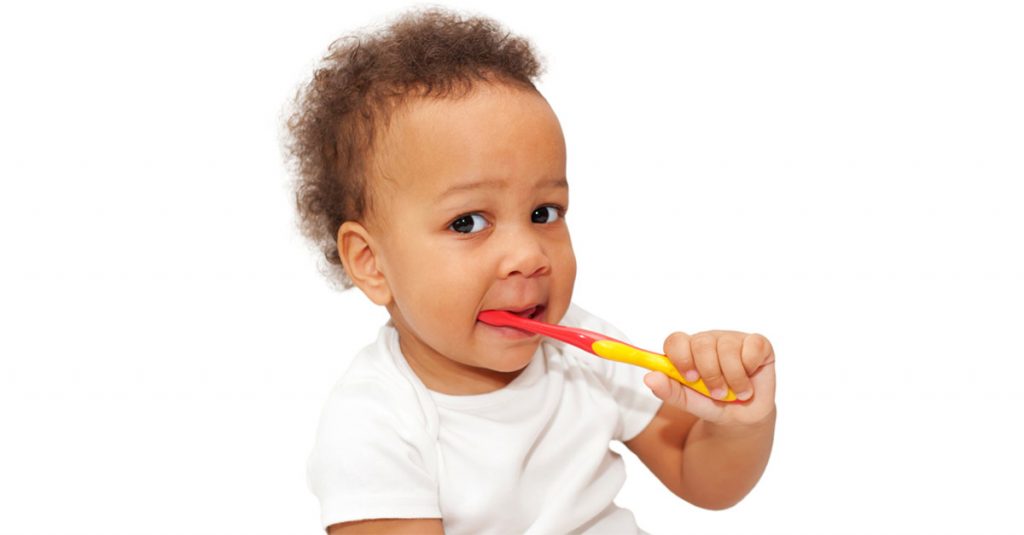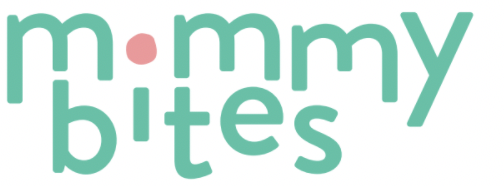
Sponsored Content
Have you ever wondered when your toddler should visit the dentist for the first time, which type of “sippy” cups are best for your child’s dental health, or how you can best keep your toddler’s gums clean and healthy?
Enjoy having all your questions about your child’s dental care answered today! Benefit from taking care of your toddler’s teeth and help your child practice healthy habits that prevent tooth decay. You are a role model in your toddler’s life and can encourage your child to have a positive attitude toward their own oral health. Get your toddler’s dental care off to a great start by following the tips below:
- Schedule your child’s first dental appointment at age three (unless a dental concern arises sooner). At age two, the toddler can accompany you to your routine hygiene appointment. Let your child sit on your lap and become familiar with me and my practice.
- Prevent your toddler from walking around with bottles or “sippy” cups full of juice, milk, or soda.
- Reduce your child’s decay rate by up to 400% by obtaining a fluoride treatment at their routine appointment every six months.
- Remember that dental decay is an infectious, transmissible disease. Avoid testing the temperature of your infant’s bottle with your mouth; do not share utensils; and, resist cleaning pacifiers or bottle nipples by putting them into your mouth. Help stop the transmission of bacteria that causes tooth decay (cavities).
- Clean your child’s gums before all their teeth have erupted. This can be easily done by gently massaging their gum tissues with a clean moistened cloth or by purchasing Xyli-Tots Oral Wipes by CariFree.
- If you use bottled water for drinking or cooking, consider filtered tap water or bottled water made for babies so that children receive water including fluoride. Drugstores and baby supply stores sell Nursery Purified Water ®.
- Prevent your toddler from drinking more than four-to-six ounces of sweetened beverages per day (including juice).
- Try not to put your child to bed with a bottle – especially if it is full of juice, milk, or soda
- Be familiar with the normal appearance of your gums and teeth. Routinely lift your toddler’s lips to check for suspicious, small white or brown spots on his/her teeth.
- Wean your children from the bottle and/or breastfeeding between 12 and 14 months of age.
- Never dip a pacifier into honey or anything sweet before giving it to a baby.
- Select “sippy” cups that spill when they are turned upside-down as they are the best at preventing tooth decay.
- Let your toddler watch you brush your teeth. Show him or her how much fun it is and when he or she is old enough, let them hold their own toothbrush and practice.
- Make brushing a part of your toddler’s routine – sing a song, say a rhyme to make it fun.
- Brush your toddler’s teeth with a soft bristled toothbrush twice a day (once after breakfast and again before bedtime). Use only fluoride-free toothpaste until the age of two. Keep your child from swallowing excessive toothpaste by using a minimal amount, which will help prevent damage to the adult teeth that are still growing under the gums.
- After the age of two, brush your toddler’s teeth twice-a-day with fluoride toothpaste for at least two minutes each time. After the age of two. Teach your child to “spit out” the toothpaste as soon as possible after brushing.
- Try a variety of children’s toothbrushes to make the experience fun for your toddler! Choose from toothbrushes with popular characters that “talk” to the toddler and encourage them to brush.
- Teething children enjoy learning to brush while alleviating pain with teething-toothbrushes. They are colorful and entertaining for toddlers and come in a variety of styles. PHB® is an ADA® accredited company that offers a multitude of dental care products for you and your family. Visit www.phbinc.com to view assorted toothbrushes or call 1-800-553-1440.
- Watch for signs of teething in your baby. Many children experience drooling (which can lead to facial rash), irritability, rubbing their ears, sleep problems and even fever.
- Soothe babies’ teething discomfort with the proper dosage of Infant Tylenol, cold (but not frozen) teething toys, Boiron® Homeopathic Camilia Teething Relief drops, and Hylands Teething Gel.
- Purchase the “newly released” Sonicare toothbrush for kids (for ages 3+ or younger with supervision). The toothbrush includes a kid’s timer to help train your toddler to brush for two minutes each time. Toddlers under the age of three will enjoy not only the sound, but the vibrating brush, which will assist in relieving the discomfort associated with teething.
- Purchase Xyli-Tots Oral Wipes by CariFree for your infant or toddler. These wipes are better than using a clean moistened cloth on your infant or toddlers gums because they contain xylitol, which helps neutralize the acids in the mouth after feeding. Try one of the many fun flavors including Watermelon Wiggles and Grape Giggles. Try these quick and easy disposable packet wipes — perfect for moms on-the-go.
- Try a toddler kit from CariFree, which contains both tooth gel and xylitol spray.
You and your toddler are very important to the team at Chelsea Dental Aesthetics. Experience a dental team focused on creating a positive and fun dental environment for your child, and enjoy getting to know a dental family that utilizes the latest technology and techniques available in today’s dentistry. You and your toddler can take advantage of the many services Chelsea Dental has to offer, including general, restorative, and cosmetic dentistry. Call Chelsea Dental Aesthetics at 212-243-6081 and receive more information on any of the products mentioned in this article.
By: Dr. David A. Blaustein of Chelsea Dental Aesthetics

Read Next | Find a Great Nanny in and around New York City




Comments are closed.